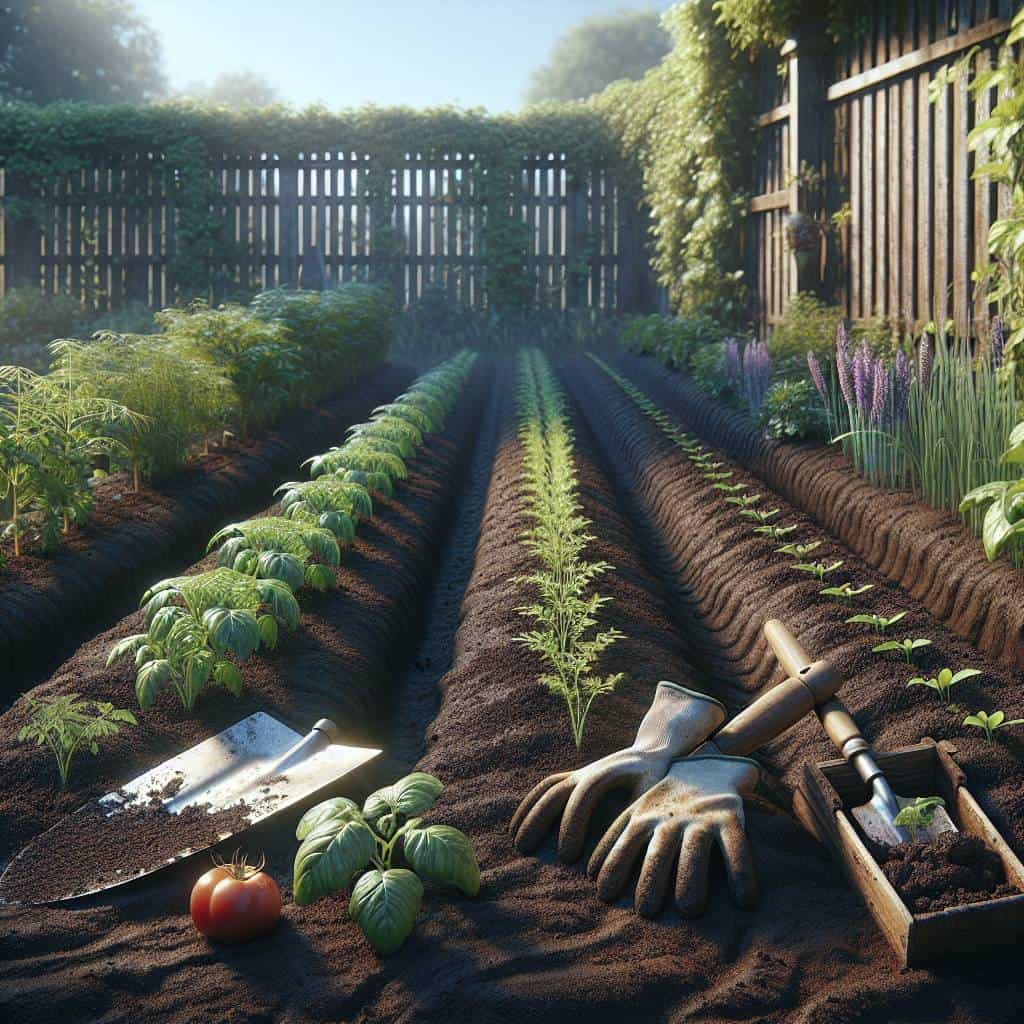I remember the first time I decided to start a vegetable garden. I was full of optimism, armed with a shiny new trowel and a pair of gloves that would stay clean for about five minutes. But within days, my dream of a lush, productive plot turned into a scrappy battlefield. It was me versus the weeds, and let’s just say, the weeds were winning. My rows were crooked, the soil was stubborn, and my thumbs were about as green as a rusty tailpipe. I learned the hard way that nature doesn’t care about your weekend DIY projects; it runs on its own schedule, and it’s got a wicked sense of humor.

But don’t let my rocky start scare you off. If you’re ready to trade in your pristine manicure for a season of dirt and discovery, you’re in the right place. In the pages that follow, I’ll guide you through choosing the right spot for raised beds, prepping the soil so it’s more than just a dust bowl, and picking plants that won’t give up the ghost at the first sign of a chilly morning. We’ll tackle watering, coaxing those stubborn seeds to sprout, and eventually, harvesting the fruits of your labor. By the end, you might just find that this backbreaking endeavor has a way of growing on you, weeds and all.
Table of Contents
Why My Neighbors Think I’m Nuts: The Saga of Raised Beds
You know you’re making an impression—or maybe it’s a spectacle—when your neighbors start peeking over the fence, scratching their heads, and whispering about your sanity. It all started with my brainwave to build raised beds for my vegetable garden. Now, in a place where folks still plant in straight rows carved right into the ground, my elevated plots look like alien landing pads. I can almost hear them thinking, “Why’s she building a coffin for carrots?” But let me tell you, there’s method to this madness.
Raised beds are like the sports car of gardening—sleek, efficient, and a bit showy. The real magic, though, is in the soil prep. See, I’m not just dumping dirt into a box; I’m engineering a top-notch growing environment. It’s like crafting a custom engine—every layer, from the drainage rocks to the nutrient-rich compost, is carefully chosen to give plants a turbo boost. And yeah, it might look nuts to be out there with a level, making sure every board is perfect, but that’s just how you build a powerhouse for your plants. The payoff? Well, when my tomatoes are blushing red and my zucchini’s the size of a baseball bat while the neighbors are still coaxing sprouts from clay, I’ll take the crazy label.
Watering and plant choice are the final pieces of this puzzle. Raised beds dry out faster, sure, but they also warm up quicker, giving me a head start in spring. That means I can play around with plants that wouldn’t normally thrive in this dusty little corner of the world. And harvesting? That’s just the victory lap. When I’m pulling up armfuls of produce, I can almost hear my neighbors muttering, “Maybe she’s onto something.” So yeah, they might think I’m a bit off my rocker, but as I see it, the proof’s in the produce. And I’ll take that over conformity any day.
Digging In: The Unspoken Truths
Starting a vegetable garden is like a handshake with the earth—firm, a bit dirty, and if done right, it leaves you with a sense of connection and a few calluses to boot. Remember, raised beds aren’t just for show; they’re your fortress against poor soil and unwanted critters.
The Art of Growing and Groaning
So there I was, staring at my patch of earth, a little wiser and a lot dirtier than when I started. You see, a vegetable garden isn’t just about the tomatoes or the cucumbers. It’s about the stubbornness in digging through rock-hard clay and the triumph of seeing that first green sprout poke through. Raised beds taught me that soil prep is more than just a chore—it’s a commitment to nurturing something from scratch. And believe me, choosing plants is like picking a team; you want the ones that’ll fight the hardest and give you a good show.
Watering and harvesting? That’s the rhythm section of this whole gardening gig. You learn to dance to the seasons’ tune, knowing when to drench and when to just let it be. But more than anything, it’s the moments in between the labor—when you’re just standing there, hose in hand, watching life unfold—that make it all worth it. It’s a journey of patience and persistence, where the reward isn’t just the harvest on your table but the grit under your nails and the stories you gather along the way. And maybe, just maybe, that’s the real reason my neighbors think I’m having a mid-life crisis with my raised beds.